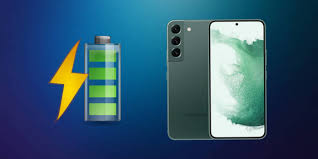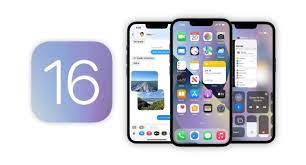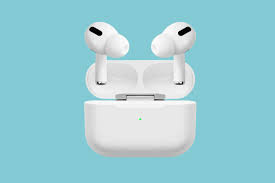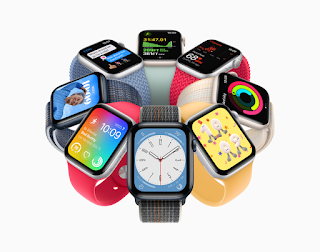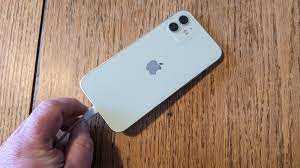Compared to the Galaxy S21, the Galaxy S22 has some notable upgrades, such as a brighter screen, better cameras, improved night mode, and a more refined design.
Samsung’s phones still have plenty of room to grow, especially as they face increasing competition from Google’s Pixel lineup. Samsung typically releases new Galaxy S devices in the first few months of the year, which means we might expect the Galaxy S23 to arrive in January or February. I wish the new Galaxy series had a longer-lasting battery and more photography features to take advantage of the S-series’ excellent cameras. Here’s everything you want Samsung to add and upgrade to the Galaxy S23 lineup.

Regular Galaxy S23 has longer battery life
Battery life is never long enough, but standard Galaxy S devices in particular need a boost. The 6.1-inch Galaxy S22 usually lives up to Samsung‘s claimed all-day battery life, but sometimes just barely.
The Galaxy S22 has the smallest battery of the three phones in the Galaxy S22 series, and it shows. I set the refresh rate to high, which usually drains the battery faster. The Galaxy S22 Ultra has a 6.8-inch screen and a 5,000mAh battery with similar battery life.
It makes sense that the smallest phone in the Galaxy S22 series also has the smallest battery. But hopefully Samsung will find a way to improve battery life on next year’s 6.1-inch Galaxy phones, whether it’s through better power efficiency or a larger physical battery. After all, Apple has upgraded the iPhone 13 Mini to give it two to three hours more battery life compared to the iPhone 12 Mini. Battery life was a major complaint against the Galaxy S22, and fixing that would make the Galaxy S23 a more attractive option for Android fans who prefer a smaller phone.
South Korean news outlet The Elec says this is indeed the case, as it reports that Samsung is aiming to increase the Galaxy S23’s battery capacity by about 5 percent.
Smarter camera features
The Galaxy S22’s 50-megapixel camera and the Galaxy S22 Ultra’s 108-megapixel camera capture photos with rich colors and details. Just wish you could do more with these cameras in terms of editing and software features.
The Galaxy S22 series features shooting options like Panorama, Night Mode, Portrait Mode, Slow Motion, Super Slow Motion, and Director’s View, allowing you to record video with two different lenses at the same time. Then there’s Single Take, which creates multiple stylized shots with a single press of the shutter button. You can also download the Expert Raw app for finer control over photo settings.
But not much has changed between the Galaxy S21 and Galaxy S22 in terms of camera features and shooting modes. Would love to see Samsung take a page from Google, which often adds nifty camera tricks that feel functional rather than gimmicky. For example, Google introduced a new feature on the Pixel 7 and 7 Pro called Photo Unblur, which can sharpen low-quality photos, even those taken with older cameras. As the name suggests, Face Unblur freezes moving subjects that may appear blurry.
Features like these show that Google isn’t just thinking about camera quality, but ways to take away the everyday annoyances of phone photography. On the other hand, many of Samsung’s updates aim to give content creators more tools to capture different types of footage and video clips.
While the Galaxy S23 may not be available for another two to three months, Samsung is already making improvements to the cameras on its current Galaxy phones. It just added a new feature to the Expert Raw app that helps stargazers take better photos of constellations, similar to what Google offers for astrophotography on Pixel phones. There’s also a new Camera Assistant app that lets you enable or disable certain features, like a faster shutter or automatic lens switching.
Faster charging and less expensive
The Galaxy S22 series supports fast charging up to 25 watts on the Galaxy S22 and up to 45 watts on the Galaxy S22 Plus and Ultra. But you have to buy a separate charger to do so.
With the Galaxy S23, expect to see a more significant boost in charging speeds, as well as more affordable charger options. For example, the OnePlus 10 Pro offers 65-watt or 80-watt fast charging, depending on your region, both of which are faster than what Samsung offers on paper.
>>>>>>>>>>>>Samsung battery


